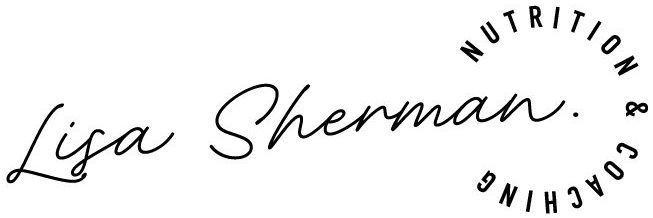
Reset Healthy Habits
When it comes to our health and wellbeing, many of us will set goals to help us focus on this area of our lives.
We might want to get fitter, get healthier, get leaner, get more muscle or perhaps reduce or avoid some foods or beverages so that we can feel at our best.
No matter what your goals are, spending a little time to consider your nutrition and what habits you might have around what and how you eat, can help you to reset some healthy habits and make a difference to how you feel and support your body to perform and feel at its best.
Despite all of our good intentions, sometimes those less than healthy habits can creep in. We eat on the run, order in takeaway extra times in a week than usual as we become more time poor and stressed, we have a second helping even though we know we are full, or we reach for a less nutritious snack when we get that sugar craving or slump at 3pm or after dinner.
These can all quickly become habits if we repeat them on a regular basis and derail our good intentions. My approach is to look at how we can change some of these habits and adopt some healthier habits, even small ones, to provide lasting and long-term change. Quick fixes may help you achieve some results in the short term but it’s changing our behaviour by being consistent, that provides the long-term health benefits.
Some healthy habits to adopt
Eat regular meals
- Skipping meals can have a detrimental impact on our health and wellbeing. Our bodies need regular meals to maintain our blood glucose levels and our metabolism likes to work to a rhythm.
- If we experience hunger, this can often lead to poor food choices or overeating later in the day and also depletes our energy levels, concentration and focus.
- On the flip side, if we snack too frequently, this may impair our digestion as our digestive system likes to focus on digesting and absorbing one meal at t time.
- As a general guideline, spread meals throughout the day, eat mindfully and try to consumer your largest meal around noon as this is when your digestive system is at its peak. Have healthy snacks available to avoid skipping a meal and don’t ignore hunger. Aim to eat your evening meal about 2 hours before bedtime to allow time for digestion prior to sleep.
- Avoid overeating by stopping eating when you are 80% full, to give your brain time to receive the signal of satisfaction during a meal as this can take up to 20 minutes.
Watch your portion sizes
- The amount we eat has greatly increased over recent years, leading to weight and health issues. Portions on a plate may be as many as 8x the standard serve and there are many reasons for this.
- Servings in takeaway meals and fast-food chains regularly have supersize options. Restaurant meals are often larger than what we would serve4 at home.
- Even at home, we often serve ourselves larger portions (or go back for seconds).
- Food packaging labels are not always clear on serving size or there is little consistency between products.
- One of the biggest challenges with increased portion sizes is the bigger the portion in front of you, the more you tend to eat.
- Some visual cues to better estimate portion size:
- One handful – portion size of nuts
- Size of palm – portion size of meat, fish, chicken
- Clenched fist – similar to 1 cup, portion size of cooked rice, pasta, potato, piece of fruit
- Tip of thumb – similar to 1 teaspoon, portion size of oils, dressings, margarine
- Thumb – portion size for nut butter, hard cheese
- 2 handfuls – portion size of vegetables
